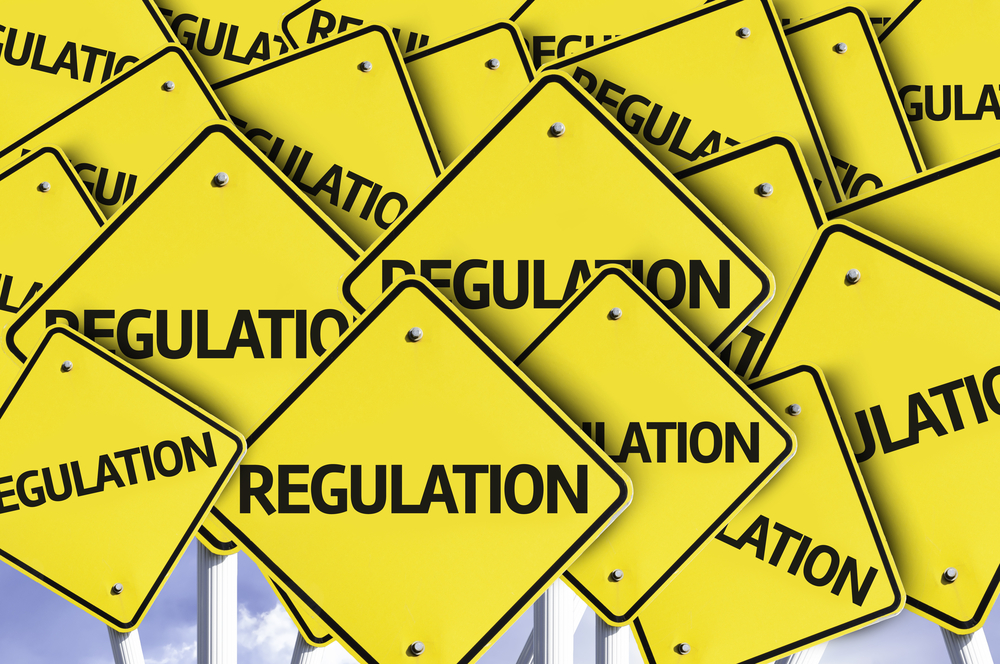Value-Added Tax, otherwise known as VAT, can be a confusing area to broach when handling dynamic discounting. VAT is currently the most widely used consumption tax, which makes understanding VAT compliance essential to grooming the healthy expansion of a company.

While being VAT compliant can be difficult within one country, when expanding across multiple countries, the process becomes trickier as different country-specific VAT requirements become more intricate and/or modified.
As much as VAT compliance and reporting can be difficult, there are ways to simplify operations, reduce costs, mitigate audit risks, and increase acquisition through automation. After an overview of the challenges of VAT compliance and dynamic discounting, we explain how to overcome the VAT dilemma using automation.
Operating Globally While Adhering to VAT Laws
Companies must always be sure they are aware of the varying country-specific laws in which they do business in. It is crucial that businesses ensure their solution partners are navigating the dynamic discounting program according to VAT laws. Failure to do so can result in harsh audits, fines or penalties.
What to Consider When Being VAT Compliant
VAT compliance is a time-consuming process that takes up a large amount of time depending upon a few variables. For example, in some cases, VAT compliance will take longer depending on a country’s VAT laws and how often they change their laws, in other cases, companies using an online filing system will notice the amount of time they save when ensuring VAT compliance.
At the bare minimum, invoice adjustments will need to be applied to any and all programs to begin meeting VAT compliance. From this point forward, certain countries begin to have varying requirements.
In addition, there may be a discrepancy in who wants a supplier-originated credit note, buyer-originated credit note or an amended-invoice. Beyond this, the credit note may be presented in a variety of ways, complicating the compliance even more.
It is also important to understand what discount should be applied to an invoice depending on whether a country leans more towards gross discount amounts or net discount amounts. This would be either inclusive or exclusive of the VAT/GST.
In most cases, a company will need to report the three discount amounts which are the
- Net discount
- VAT discount
- Gross total discount
Satisfying VAT Compliance While Reaping the Benefits of Dynamic Discounting
Suppliers and buyers both benefit from using dynamic discounting, however, applying it correctly requires a specific understanding of compliance criteria and a knowledge of how to meet them.
By working with solution providers that are skilled and capable of showing how their discount programs meet VAT compliance, companies will be able to rest easy knowing that their dynamic discounting programs are being implemented effectively.
Successful VAT compliance in dynamic discounting leads to
- Decreases in audit risks and operational costs
- Boosts in overall business productivity
- Sales expansion and acquisition opportunities
- Smoother supplier/buyer interactions
The VAT Solution: Using Automation to Cut Compliance Costs
Not understanding VAT compliance and refraining from optimizing discounting programs comes at a cost. As the world comes under stricter and more complex tax audits, it is becoming even more important to automate e-invoicing and workflow to limit the cost of compliance as well as limit the chances of VAT penalties.
In addition, since VAT compliance requirements constantly change in many countries, it is crucial to have an automation solution that adapts and modifies its VAT compliance processes to new legislation.
Not only does automation help with the more operational efficiencies of a company in dynamic discounting, according to the founder and chairman of the Deloitte Center for the Edge, John Hagel II, automation drives innovation by opening up employees to work on more value-added tasks. Companies lose out on crafting a competitive edge globally when they are not implementing the most effective P2P automation solution.
If you need assistance adhering to VAT guidelines with an automation system that creates visibility and traceability in your invoicing process for real-time compliance and reporting, learn how Direct Commerce can help.

